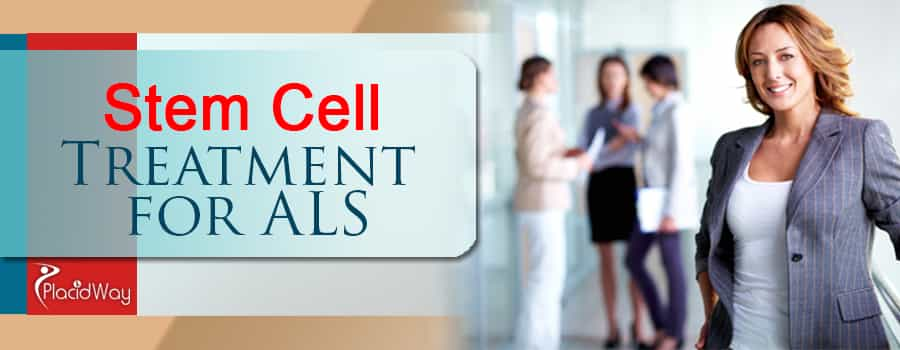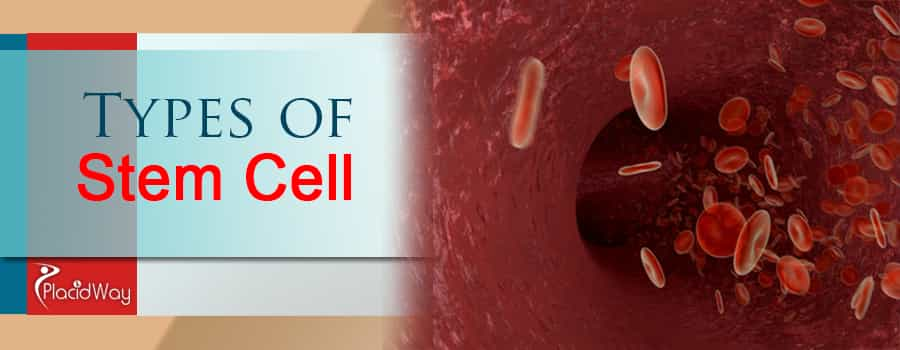
ALS (Amyotrophic Lateral Sclerosis - also known as Charkot’s disease, Charkot’s sclerosis and Lou Gehrig’s disease) is a rapidly progressive neurological illness (motor neuron disease) that is attacking the nerve cells which control voluntary muscles. It manifests through a gradual atrophy and weakening of these muscles with the following major symptoms:
ALS usually strikes people between 40 and 60 years old; men are more affected than women. The disease is generally caused by a mutation or defect in a certain gene, whose exact function is still unknown.
To date, no cure exists for those diagnosed with ALS. However, recent development in stem cell therapies offer hope for those struggling with this disease.
Stem cells are the body's repair mechanism, having a regenerative ability and the capability to develop limitless into different types of cells, such as muscle cells, brain cells or red blood cells.
The stem cell therapy restores the motor neurons stocks as well as other cells in order to preserve motor neurons and to replenish the microenvironment within the spinal cord and brain.
Taking into consideration the disease process, compelling outcomes have been achieved after combining different types of stem cells
While some stem cell types can protect the damaged motor neurons and contribute to their regeneration, other types of stem cells can create new blood vessels in order to improve the blood flow to the affected area - which leads to a better cellular activity.
For example, mesenchymal stem cells are, due to their capacity to differentiate into neurons and astrocytes in order to replace damaged neurons, a potential treatment solution for the patients diagnosed with ALS. These cells also release growth factors (including the brain-derived neurotrophic factor, also known as BDNF) which have a significant contribution at the motor neurons' survival.
However, as each medical case is different, the doctors will examine every patient and recommend a personalized stem cell treatment plan.
The stem cell therapy for ALS can bring improvements in regards to coordination, balance, muscle strength and tone, fatigue, the disease's slow regression and tremors.
As with any stem cell therapy, improvements vary from a patient to another and can’t be guaranteed. It's important that the patient and their dear ones to keep in mind that treatment is not a cure. ALS is, after all, a progressive disease and the goal of the therapy is to temporarily reverse the symptoms and achieve a better quality of life.
Even if the stem cell therapy isn't able to stop the disease's progression, it has a significantly role in slowing it, and improving the motor function.

So far, scientific research into stem cells has found multiple types of stem cells and sources. The most commonly used and studied stem cell therapies nowadays involve the use of:
The price of treatments or course therapies that use stem cell research and technology is determined by geographic location of treatment facilities as well as by the stage of ALS being treated. International patients are advised to research stem cell therapy, protocols and treatments and examine the history and the case studies in foreign destinations. See here an approximate cost of stem cell therapy for ALS. Get in touch with us for more details.
The improvements that stem cell therapy can bring to the patients suffering from ALS are:
If you need information about where you can get stem cell therapies for ALS or you want to ask us a question, use the button below!
Disclaimer
Stem Cell Therapy is still an experimental treatment. Any information related to stem cell therapy provided in this website is for educational purposes only. It is not intended to replace a consultation with a licensed physician nor be construed as medical advice or any emergency health need you may be expecting.
Stem Cell Therapy Abroad